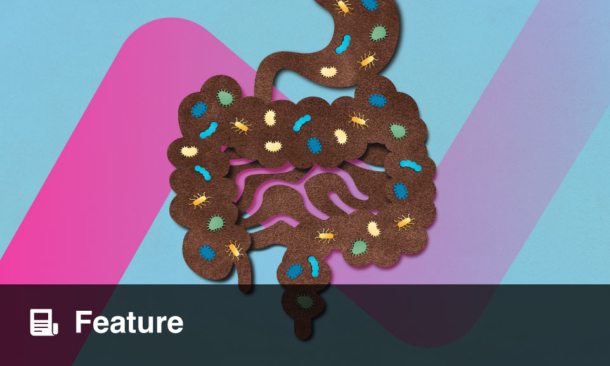A newly identified group of neurons in the brainstem helps regulate meal size by tracking food intake and signaling when to stop eating, according to a study published earlier this month. These neurons, located in the dorsal raphe nucleus (DRN), produce a molecule called cholecystokinin (CCK) and play a key role in controlling appetite.
Using advanced cell-mapping techniques, researchers discovered that these DRN neurons send out an eating termination signal with a slight delay, preventing overeating. The neurons process information from each bite of food and combine it with slower hormonal signals from the body, ensuring that meals end at the right time. This built-in feedback system maintains balance in food consumption.
The study also shows that these neurons are connected to a larger brain network that controls hunger and metabolism. They respond to different metabolic signals, helping the brain make decisions about when to eat and when to stop. Understanding how these neurons function could lead to new treatments for conditions like obesity and binge eating, where normal hunger and fullness cues may not work properly.
This discovery provides new insight into how the brain regulates appetite and could lead to better approaches for managing eating-related disorders. As scientists continue to explore the complex relationship between the brain and hunger, this study adds an important piece to the puzzle.
Reference: Chowdhury S et al. Brainstem neuropeptidergic neurons link a neurohumoral axis to satiation. Cell. 2025. doi:10.1016/j.cell.2025.01.047.
Anaya Malik | AMJ








